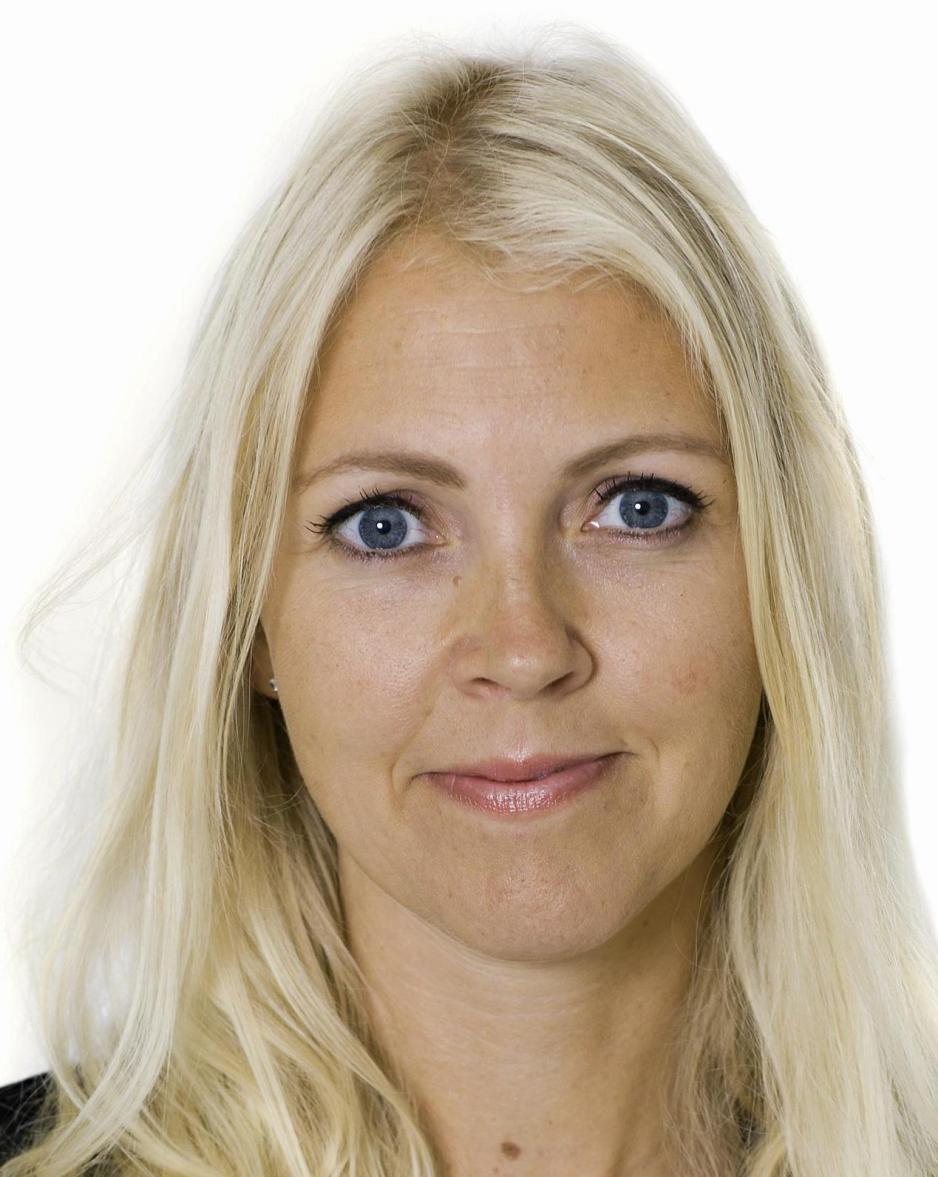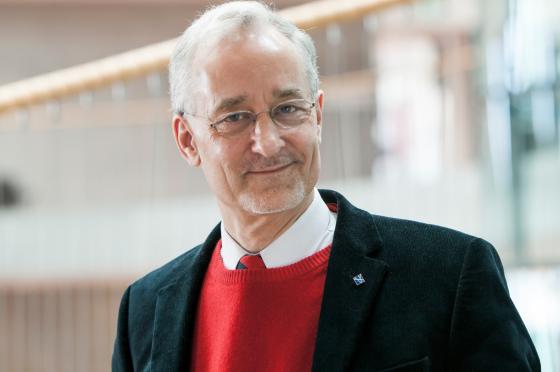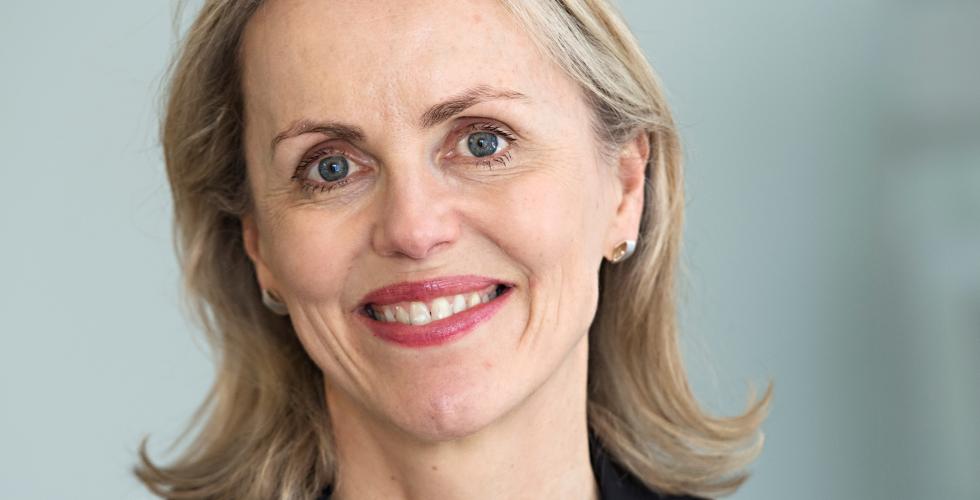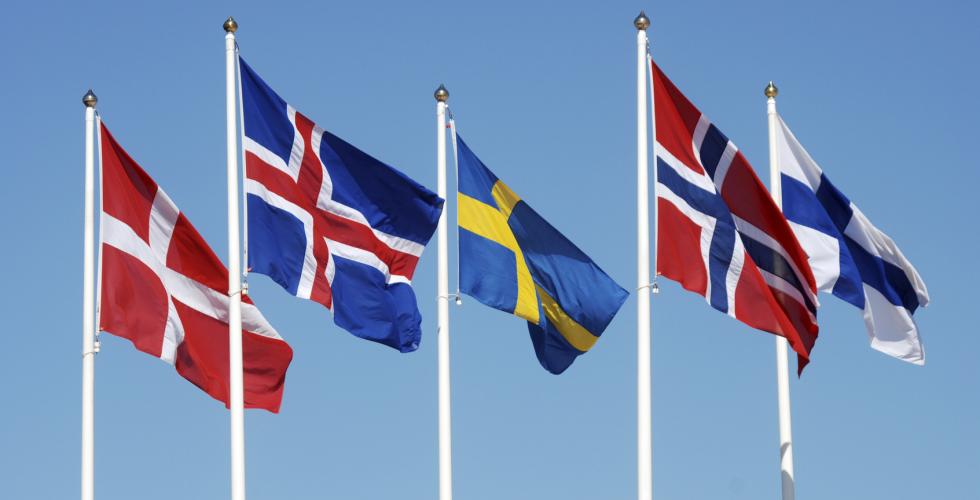The Danes at the bottom in gender equality
They have the worst track record in the Nordic region when it comes to gender balance in academia. What is it with Denmark?
They have the worst track record in the Nordic region when it comes to gender balance in academia. What is it with Denmark?
“If you’re going to argue for gender equality in Denmark, it’s the economic reasons that carry the most weight. For instance, you can point out that resources are wasted by not advancing the careers of talented women,” says Per Holten-Andersen.
“On the other hand, you don’t get much support if you argue from a perspective of fairness – meaning that women have the right to the same opportunities for an academic career as men.”
Holten-Andersen is the rector of the Copenhagen Business School (CBS). For years he has been involved in efforts to improve the gender balance in Danish academia.
Below the EU average
Holten-Andersen has been a part of an expert group, appointed by the former Minister of Higher Education and Science Sofie Carsten Nielsen. The group’s objective was to recommend measures to improve the gender balance in Danish academia.
The measures are sorely needed.
In a study from 2010, Denmark was the only Nordic country that scored under the EU average of 20 percent women in full professorships. While Finland topped the list with 24 percent women and Norway had 21 percent, Denmark was at the bottom with 15 percent women who were full professors. This was shown in a report written on commission from the previous Norwegian Committee for Gender Balance in Research (the KIF Committee).
“The Danes have had more faith in attitudinal change and less in specific initiatives to improve the gender balance,” said Solveig Bergman, the researcher behind that report.
Read the report "The Nordic region - a step closer to gender balance in research?"
“Little interest in gender equality”
Two years later, Mathias Wullum Nielsen, a doctoral research fellow at Aarhus University in Denmark, studied the structural barriers to gender balance in research.
Read Wullum's PhD-thesis "New and persistent gender equality challenges in academia".
“In general, we can say that there is little political interest in gender equality in academia in Denmark compared with Norway and Sweden,” said Nielsen in an interview with Kifinfo at the time.
In his view, the reason for the national differences could be found in differences between the national discourses on gender equality.
“In this regard, it’s important to remember that there is more consensus in the general debate on gender equality in Denmark than in Norway and Sweden,” said Nielsen.
“There’s a perception in Denmark that a reasonable level of gender equality has already been reached. Of course this also influences the way gender equality is talked about at the universities.”
And when the expert group presented its report in 2015, it was economic reasons that the Minister of Higher Education and Science emphasized in the foreword to the report:
We must use all the available talent in Danish research, if Denmark is to be a competitive society in the future.
“But six weeks after the report was presented, Denmark got a new government, so then the report was not discussed after that,” says Per Holten-Andersen.
“Unhealthy culture”
Tine Jess was also a member of the expert group. She is a professor of medicine at Aalborg University and a senior consultant at Bispebjerg and Fredriksberg Hospitals.
“The fact that only 20 percent of full professors at Danish universities are women is not the result of a historic lag time. It’s due to an unhealthy culture that prevents the most talented women from being considered for senior-level positions in academia.”
She calls it the “Huey, Dewey and Louie” effect.
“People hire those who are just like them. As long as men comprise 80 percent of the top tier in Danish research – those who sit on committees and boards of funds and who hold full professorships and university management positions – then the gender imbalance will continue. We see this in the Danish basic research centres, where the gender distribution depends on the gender of the centre directors.”

This is possible because 25 percent of all permanent positions in Danish academia are filled without posting a job announcement.
“The result is that a man usually gets the job. When position vacancies are announced publicly and are subject to free competition, women have a better chance of getting the job than the male applicants, quite simply because the women are better qualified when they finally apply,” says Jess.
“Free competition for positions should also be in the interest of the universities, since it will allow them to attract the best candidates.”
Jess gets support for her view from Holten-Andersen:
“The result of this lack of free competition is that the best qualified candidates are not necessarily those who currently hold the various senior-level positions.”
Uncovering differences in pay
Per Holten-Andersen’s home institution, CBS, has drawn up an action plan for diversity in general that will focus on gender and gender equality in the initial years.
“We are gathering facts so we can get an overview of the situation regarding gender at our institution. We are looking at wages, among other things, and see that there are significant differences when we look at personal salary increases. Employees can apply for these raises when they have done extra work, such as taking the initiative on various research projects or cooperation with the business sector,” says Holten-Andersen.
“Women are much less likely to apply for a personal salary increase, and when they do, they receive less than their male colleagues. This is a problem we must delve into more deeply.”
The terms for parental leave are an issue that CBS is looking more closely at as well. The system for disbursing parental leave pay is different in Denmark compared to Norway, for example. In brief, parental leave pay depends on the job situation and type of contract in which the employer often pays for the parental leave but can get some of the money refunded by the central government. Since only two of the weeks of leave are earmarked for the co-parent, it is usually the woman who gave birth who takes all or most of the leave.
“If you have a temporary employment contract in which you are paid by an external research funding source, the parental leave pay is drawn out of that research project’s budget. As a result, research managers are reluctant to hire younger women for a project,” says Holten-Andersen.
“This is why we have introduced a scheme whereby the central CBS budget pays for the extra payroll expenses for parental leave so that the individual department or research area does not have to.”
On 8 –9 November 2017, Holten-Andersen will be in Oslo to take part in the conference Creating a competitive edge through diversity – leadership for Nordic research excellence towards 2030. He will be one of the participants on a panel about academic leadership and the efforts to increase gender equality and diversity.
Translated by Connie Stultz.
The conference Creating a Competitive Edge through Diversity – Leadership for Nordic Research Excellence towards 2030 will be held on 8–9 November, 2017, in Oslo.
Keynote speakers at the conference will include Henrik Asheim, Minister of Education and Research; Curt Rice, Chair of the KIF Committee and Rector of Oslo and Akershus University College; Gunnel Gustafsson, Director of NordForsk, and many more.
The conference is being organized by the Committee for Gender Balance and Diversity in Research (the KIF Committee). The KIF Committee works to promote gender balance and ethnic diversity among employees in the research sector and advance gender and diversity perspectives in research.
More about Committee for Gender Balance and Diversity in Research (KIF)



